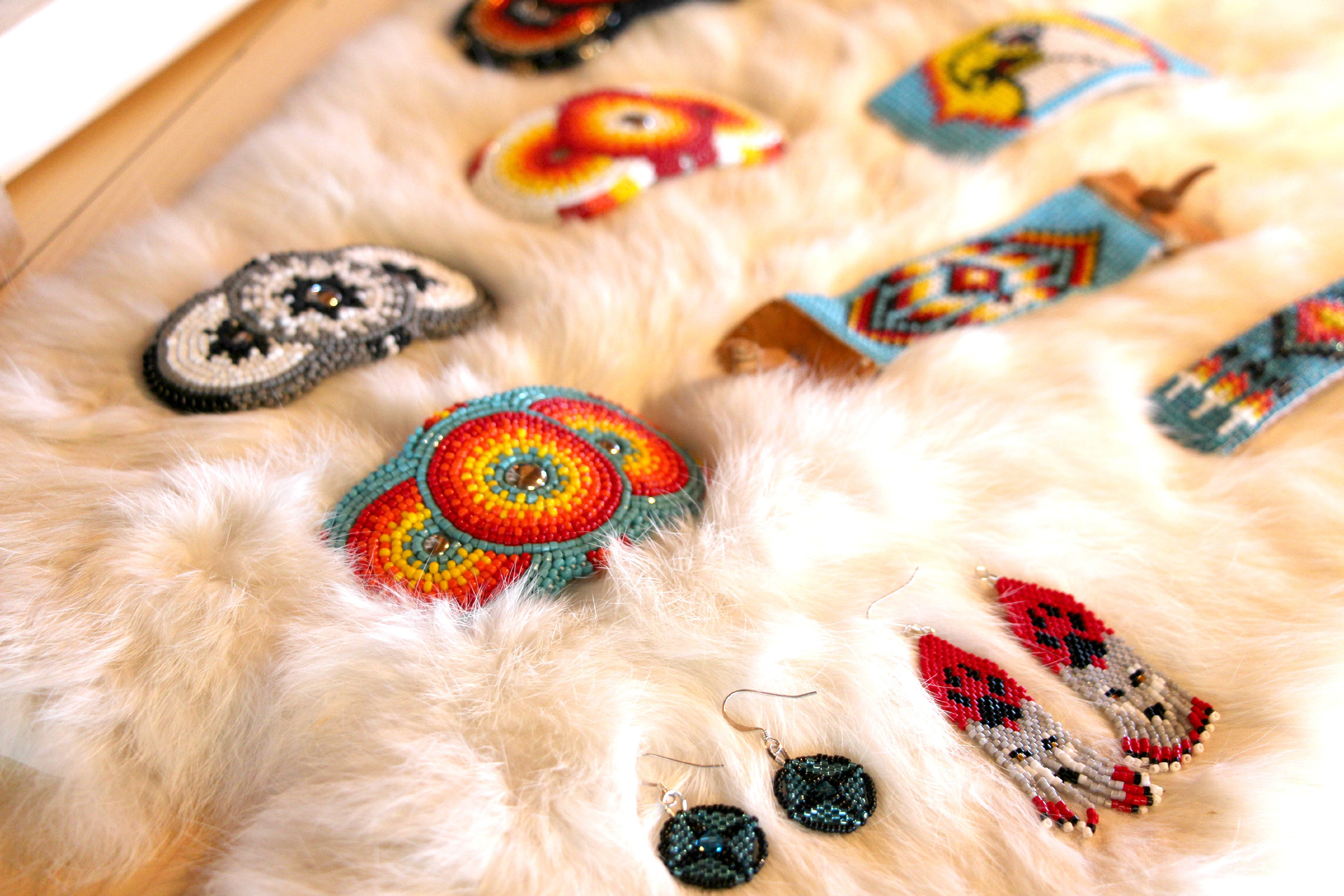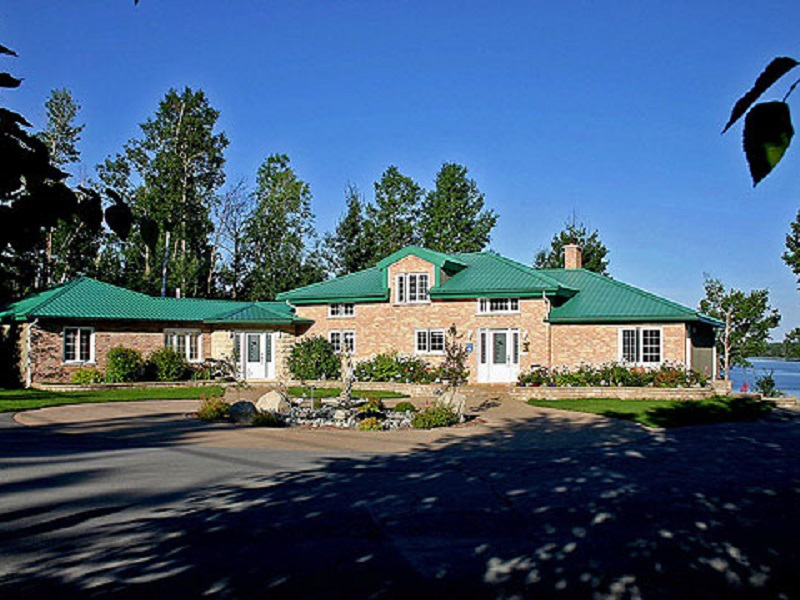I spent last weekend enjoying the sunny weather and the beautiful landscape of Témiscamingue. In the late morning of Monday, after a two-day camping stay at Parc national d’Opémican, I took the road to Rouyn-Noranda. I had been driving for about 45 minutes when I saw a signpost for Fort Témiscamingue. Without much hesitation, I decided to follow the sign, not expecting to find so many beautiful things!
Arrival at Fort Témiscamingue
I arrived at the entrance gate of the Fort Témiscamingue National Historic Site on a bright, hot and sunny day. I had heard a lot about Fort Témiscamingue, but had no idea that the place was so rich in history and the environment so splendid. One employee, dressed in a period costume, gave me a warm welcome and provided me with explanations on the site, its history and what I was about to learn. This convinced me to buy my ticket.
I remember being amazed by the ramparts surrounding the fort as soon as I set foot on the site. Once passed them, I followed the outdoor trail and ended up at the tip of the site, on the shore of Lake Temiskaming, just opposite the Ontorio shoreline of the latter. The sun was shining, and the rare clouds made the light on the plain more magnificent.
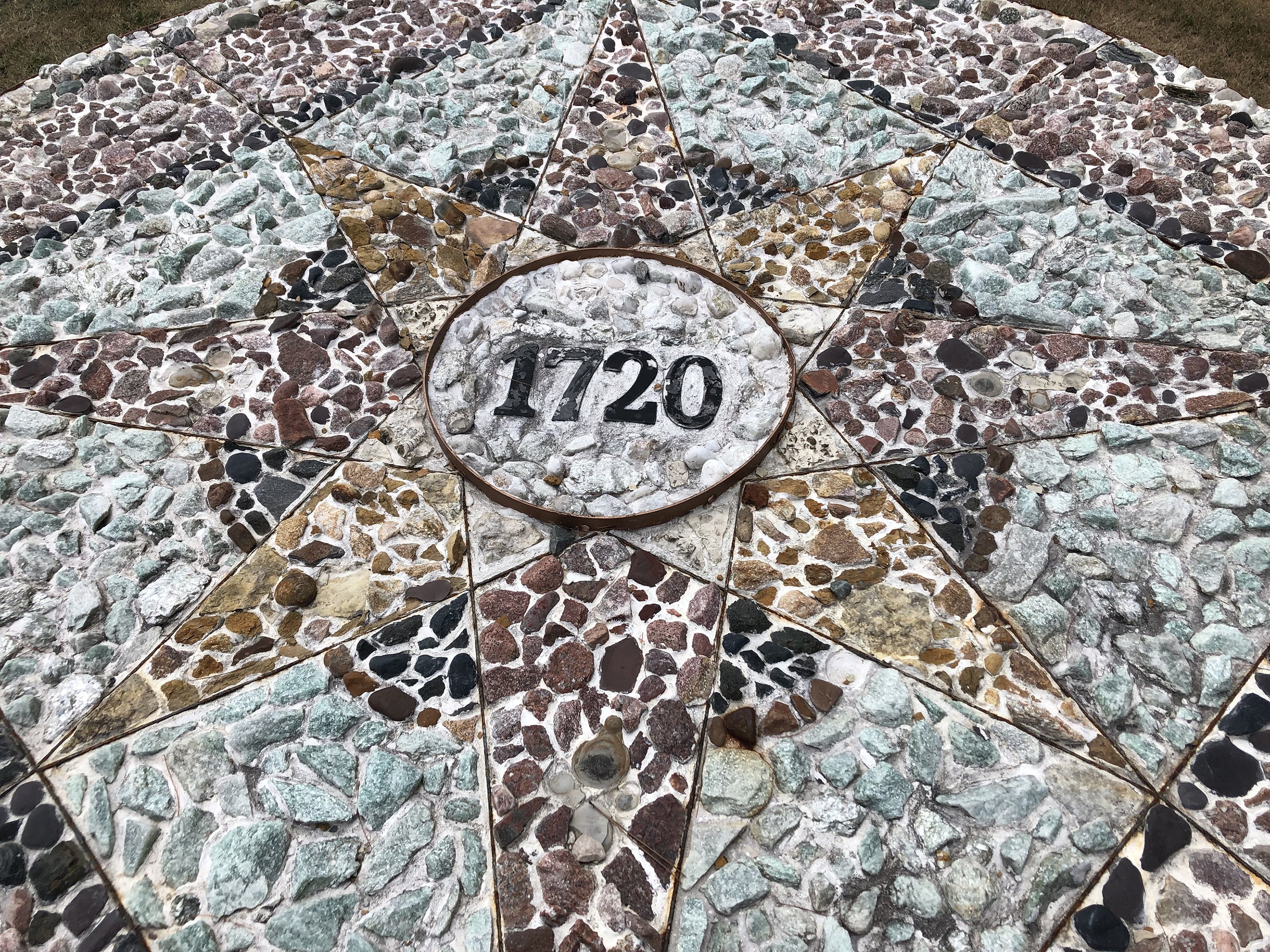
Beginning of visit and conversation with Emma, en Anishinabe woman from Timiskaming First Nation
At the onset of my visit, the first thing I saw was a huge wind rose made of stone – the universal symbol of the journey – reading 1720 for the year Fort Témiscamingue was built by the French. History shows the existence in 1679 of a previous fur trading post at about 20 km downstream. Fort Témiscamingue became a property of the North West Company in 1795, until its acquisition by the Hudson’s Bay Company in 1821. It was operated until 1902. I am really impressed by these dates considering the young history of the Abitibi-Témiscamingue region.
I walked to a hangar where a young Anishinabe woman from Timiskaming First Nation named Emma was busy crafting medicine bags. Emma explained that she uses deerskin and beads of colors that represent all the nations on earth. She let me smell the sacred herbs that are inserted into the small bags.
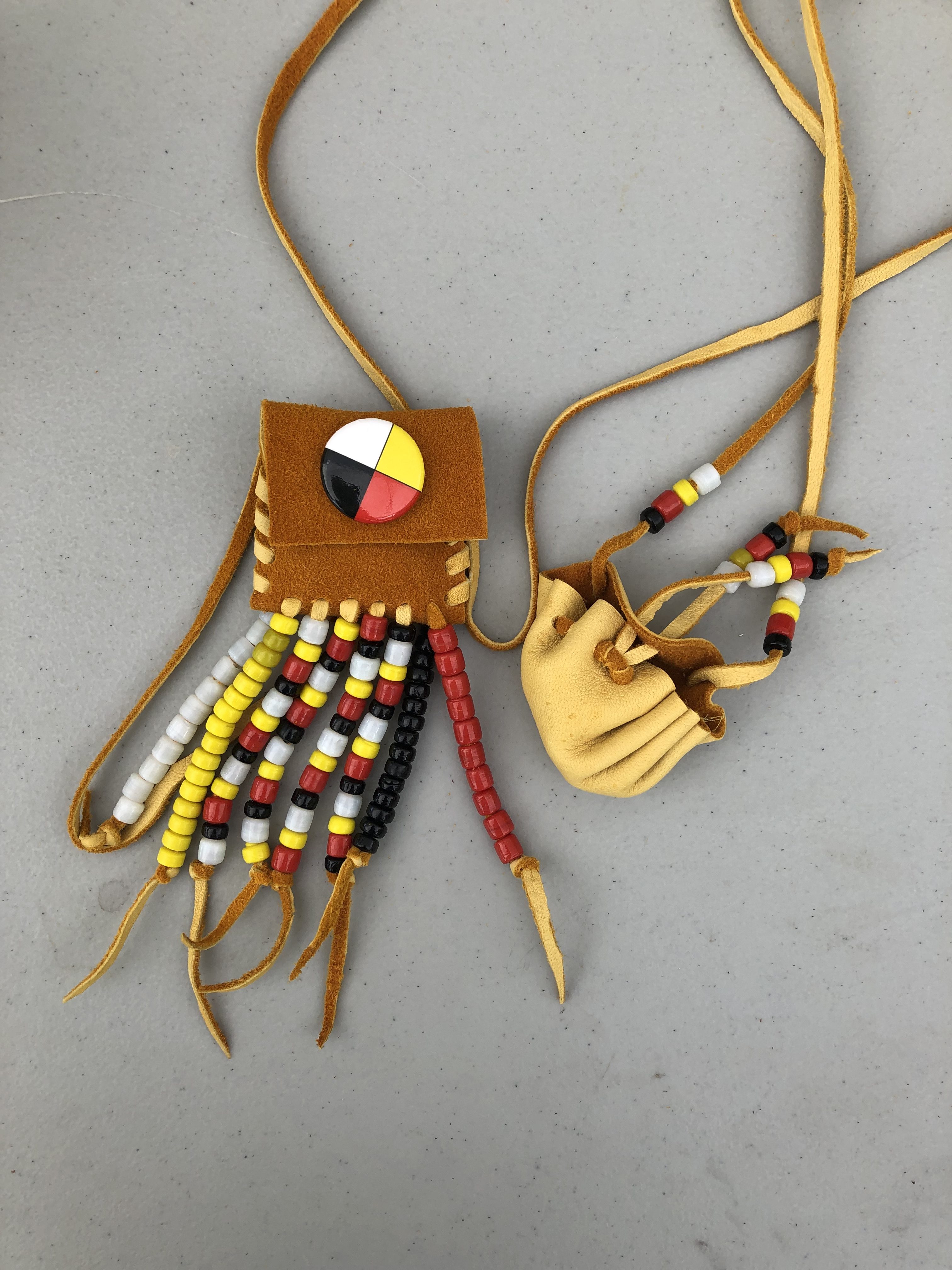
The herb mixture is made of sweetgrass, sage, cedar and tobacco; they are used during prayers. "When we gather around a fire, we say the prayer while holding these herbs in our hands. After the prayer, we throw them into the fire." Emma’s presence here recalls the huge role the Anishinabe Peoples played in the fur trade at the time. It was they who brought the furs to the Europeans in exchange for metal objects, blankets, food, rifles and other items. Then I proceeded to the canoe shed, where I learned how the Anishinabe (or Metis) made canoes according to techniques passed down from their ancestors.


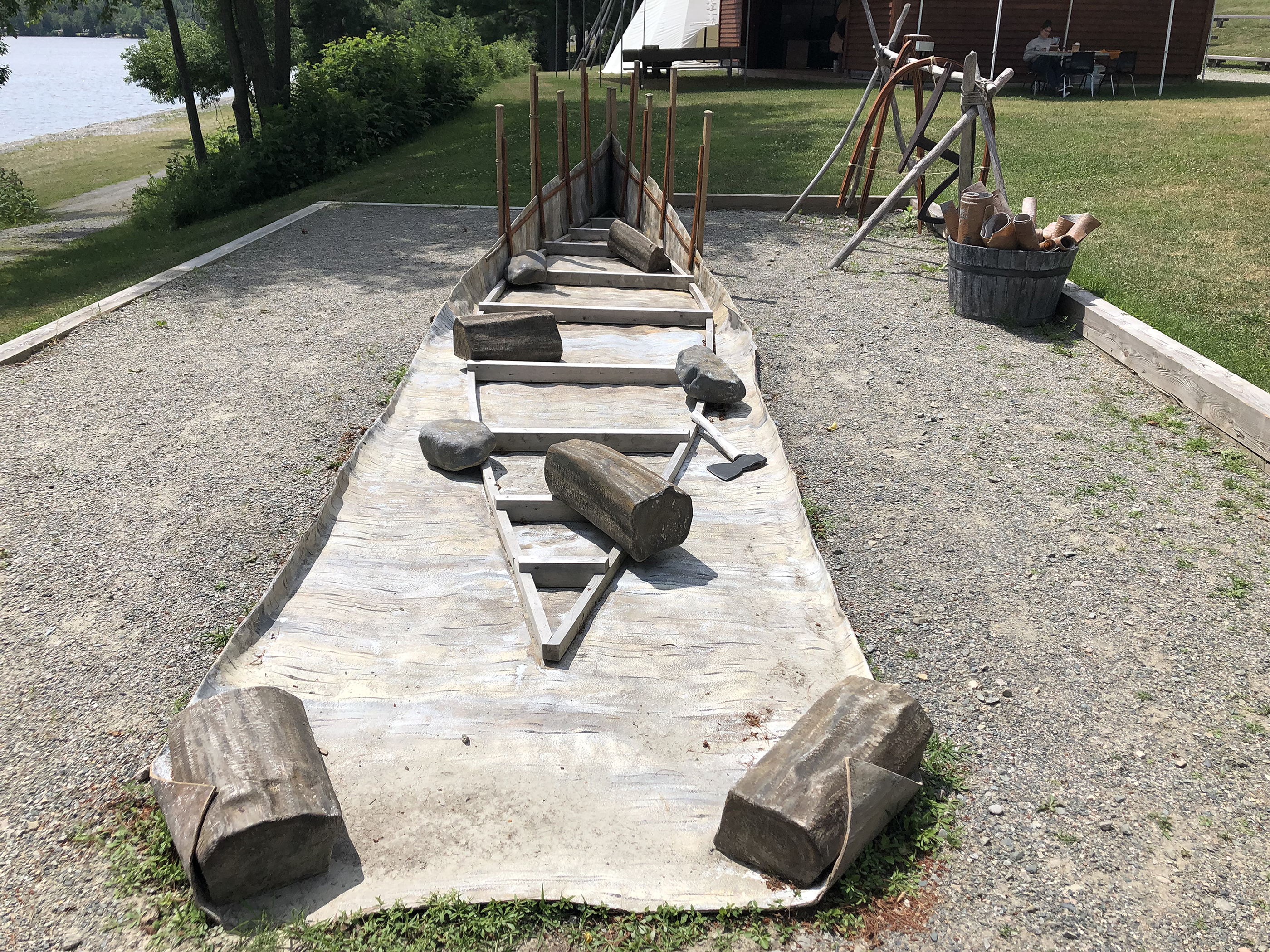
Remnants of historic buildings
When I entered the site, I was forewarned that little remains of the buildings of that period, except a few chimneys of impressive size. Reproductions of buildings give the visitors a better idea of what Fort Témiscamingue looked like more than 150 years ago. I wandered from one building to another, where many statues portray people who lived here. The statues are so realistic that I hardly dared approach them for fear of disturbing them.
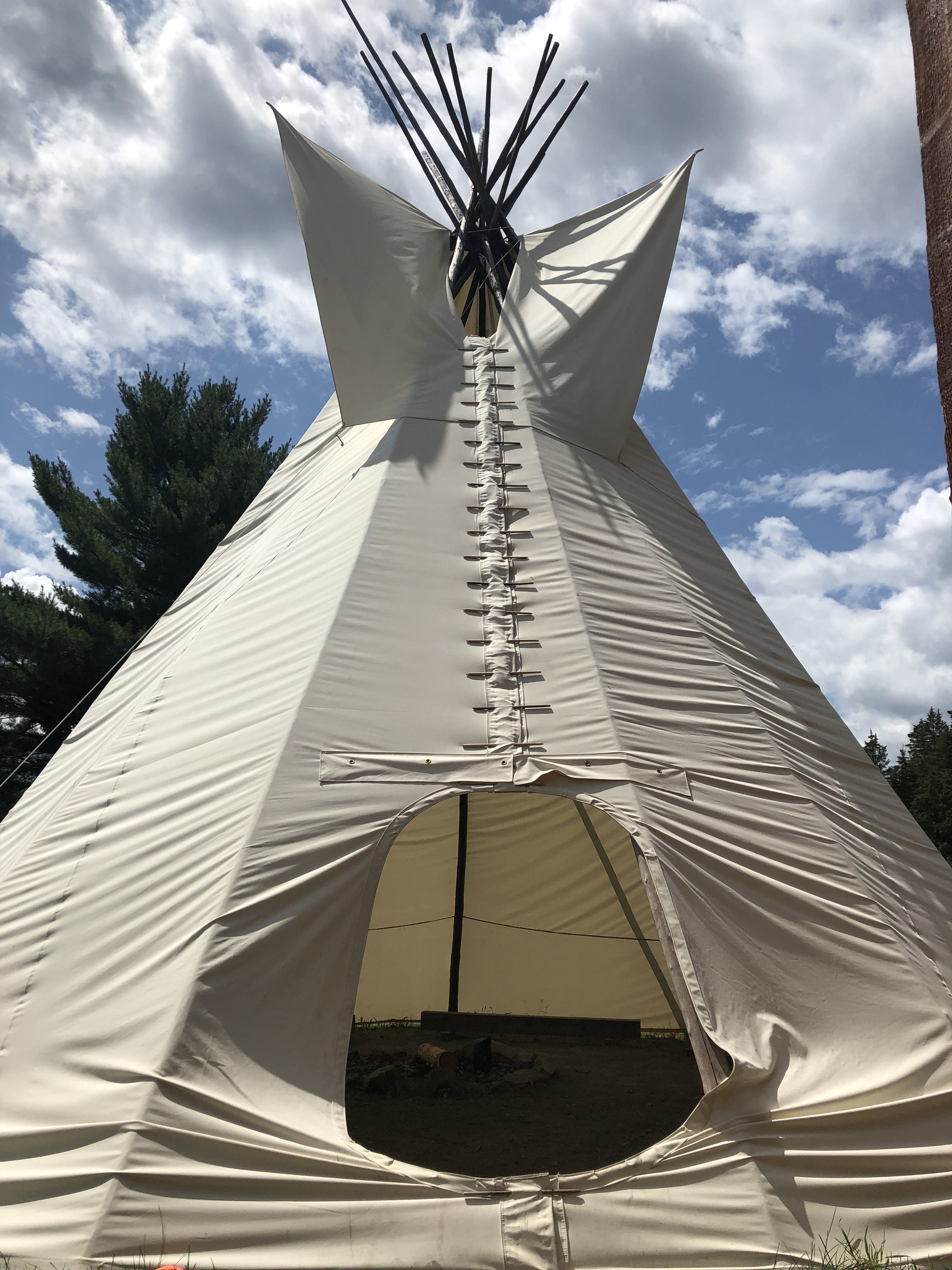
Every building (tee-pee, gathering point on the shore of Lake Temiskaming, store, post head’s house, cold storage facility, clerk’s house, carpentry workshop and blacksmith’s forge), thought me more about the history of this extraordinary place, set in a charming environment.


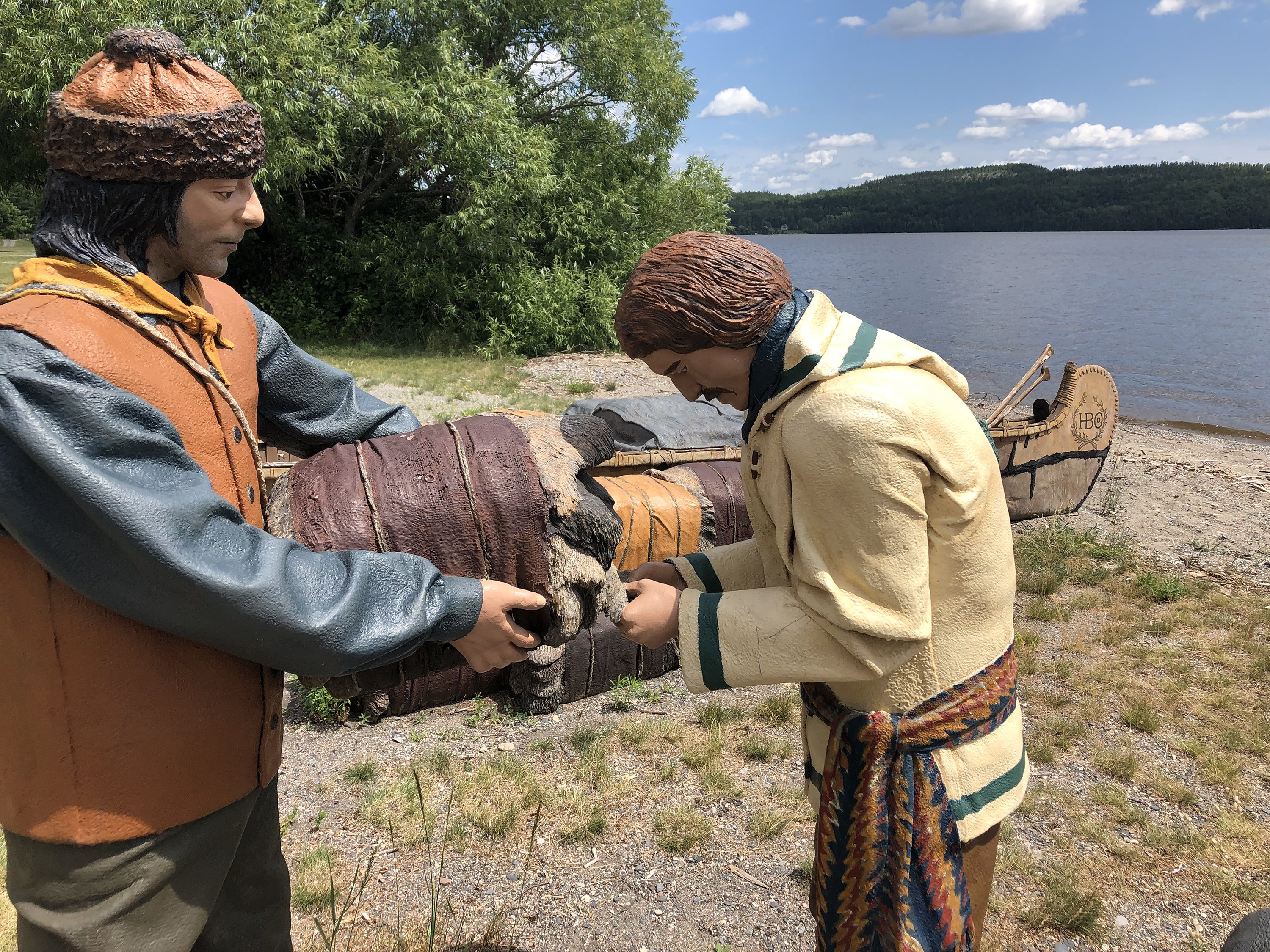





The legends of the enchanted forest
I continued my visit at a leisurely pace. I headed into the forest, situated a little above the buildings. It only took me a few steps to understand why it is nicknamed the "Enchanted Forest". This forest is home to a grove of cedar of irregular shape more than 130 years old The trees are so twisted that sunlight dances between their needles. The effect is simply magical!
The many legends surrounding this forest suggest explanations for the unique shape of the trees (and the strange atmosphere in that forest). Some legends say that they are the influence of the spirits and graves of the former catholic cemetery, traces of which are found a few meters further up. Others relate that a magic flute made the trees dance until they become twisted. The most plausible reason is that an ice storm hit the portion of the site jutting into the lake when the cedars were still very young and changed their shape irreversibly.
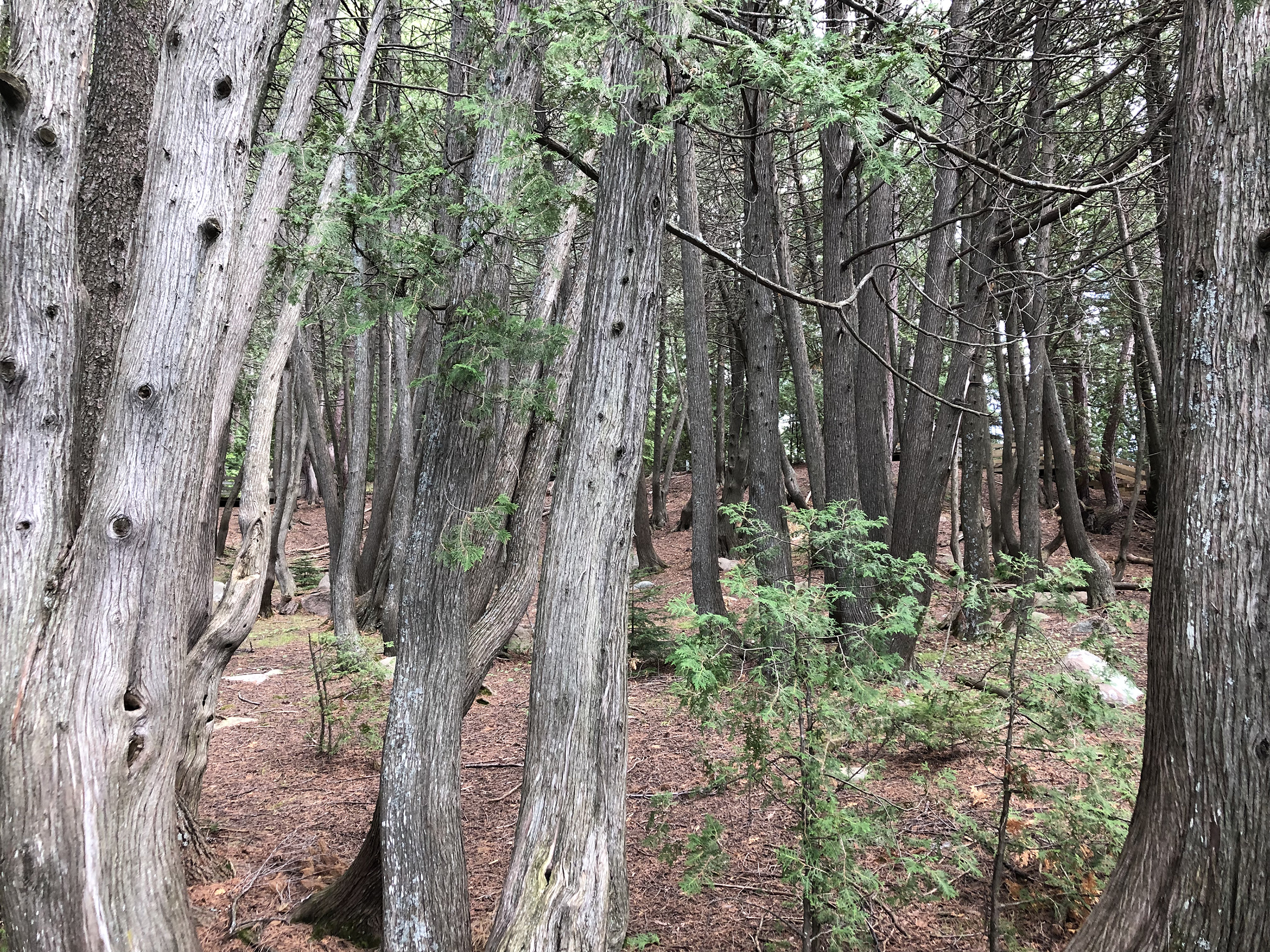

Learning more about Fort Témiscamingue
After a nice stroll along the outdoor trail, it is possible to learn more about the history and commercial operations of Fort Témiscamingue. One employee came to me to respond to my questions and offered further explanations. She pointed at a bundle of fabrics on the floor and explained that each bundle of furs that men used to carry was that size. One bundle weighed 90 pounds, and every man carried up to three bundles at a time.
She then directed me towards an interactive map of Canada, to visualize the route followed by the Hudson’s Bay Company: from England to Fort Témiscamingue, then down to Ottawa and Montreal. The map also illustrates the fierce rivalry between the French and British for the fur trade throughout the country.
When I started my visit of Fort Témiscamingue, I had no particular expectation. I certainly did not expect to discover a place so rich in history. The visit of the outdoor premises and discovery of how the fort was operated thanks to the reproductions of buildings are very interesting. The visit provides an opportunity to spend a lovely time by Lake Temiskaming and to access a small beach. Another pleasant visit, another great discovery, another fine family activity for you to enjoy next time you visit Témiscamingue!





